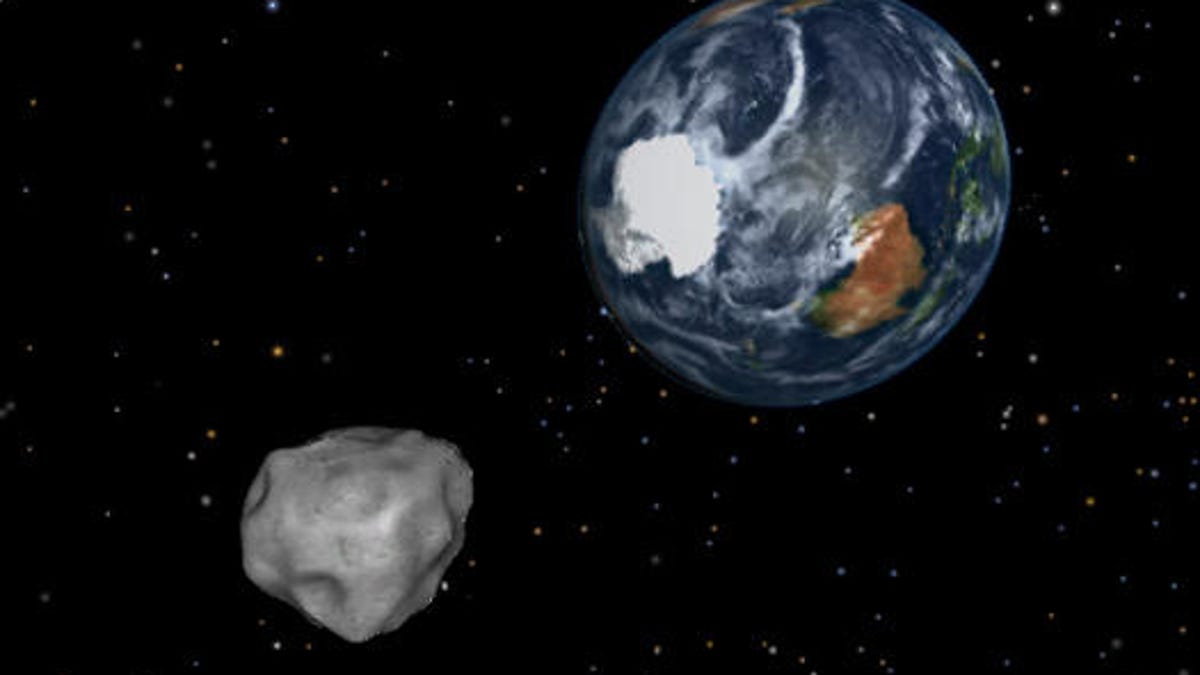Don't look now, but a massive asteroid just buzzed our planet
Lots of space rocks come closer to us than the moon, but rarely are they so big.

This NASA illustration depicts an asteroid during a close approach.
The largest asteroid to come within one lunar distance of Earth so far this year flew by us about midday Wednesday. And we all survived.
Asteroid 2019 NN3 could be as big as a fancy mansion or a sizable warehouse. It was first spotted by the ATLAS observatory on Hawaii's Mauna Loa on Sunday and is already on its way back out to deeper space by the time you read this.
A lunar distance is the average length between our planet and the moon, or roughly 239,000 miles (385,000 kilometers). NN3 came within about 198,925 miles (320,139 kilometers) of us, or .83 lunar distances.
So far, a total of 28 asteroids have breached that symbolic distance in 2019, according to NASA data. The majority of these are less than 66 feet (20 meters) in diameter. That's the size of the bolide that exploded over Russia in 2013, shattering windows and injuring thousands.
Asteroid 2019 NN3, however, may be up to four times the size of that big bolide, measuring as much as 77 meters across by one estimate. That's an unusually large asteroid to come so close to our planet, but it was also far enough away to never be a collision risk.
The good news is that NN3 is now on our radar and isn't expected to come as close as it did Wednesday anytime soon. In fact, it won't even be back in our neighborhood until 2068, according to the European Space Agency.

